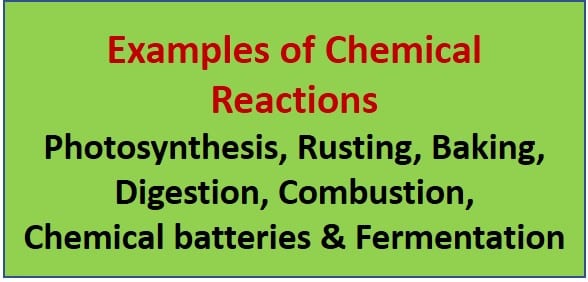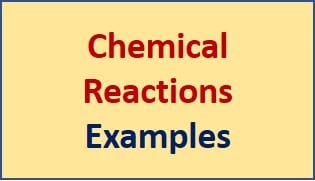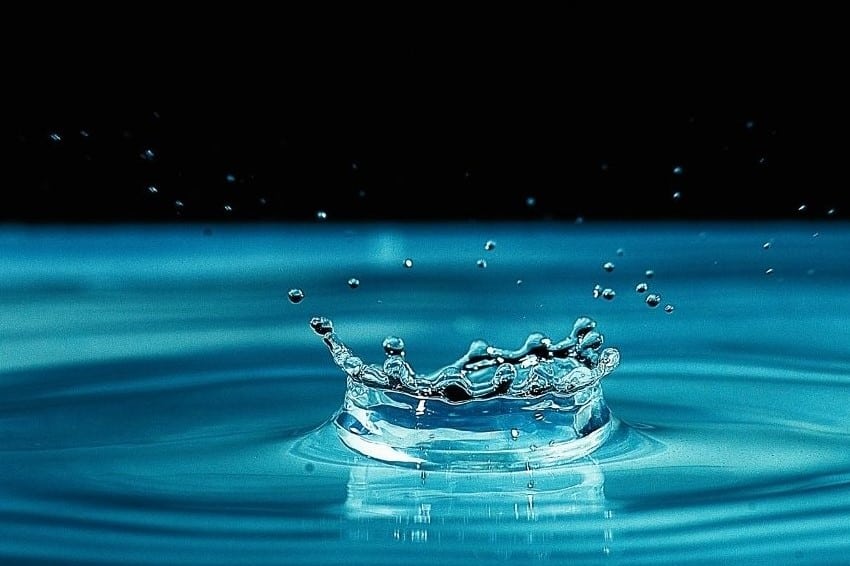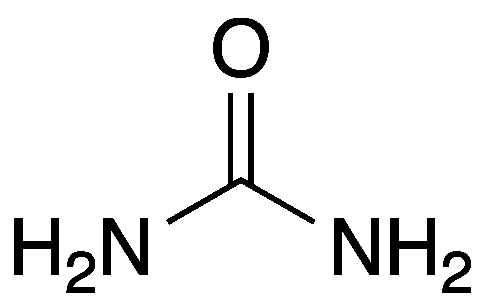Burning wood is a chemical change in which wood is converted into carbon dioxide, water vapors, and ash in the presence of heat and oxygen. Therefore the answer to the question “is burning wood a chemical change?” is yes.
Table of Contents
Chemical Change
Chemical reactions include the breaking of chemical bonds between reactant molecules (particles) and the formation of new bonds between atoms in product particles.
In everyday life, chemical processes include photosynthesis, rusting, baking, digestion, combustion, chemical batteries, fermentation, and cleaning with soap and water.

Examples of Chemical Reactions in Everyday Life
- Burning of wood
- Cooking
- Photosynthesis
- Cellular respiration
- Corrosion
- Digestion
- Fireworks
- Bleaching
What is the Greenhouse effect?
The greenhouse effect happens when gases in the Earth’s atmosphere capture the Sun’s heat. This mechanism warms the Earth far more than it would be without an atmosphere.
5 Main Causes Of Global Warming
- Burning fossil fuels
- Deforestation
- Amount of methane produced by livestock.
- Production of Aerosols
- Land-use change
Related Topics
Carbon Footprint And Carbon Emissions
Room Temperature| Comfortable Temperature
Radiation absorbing gases
What is Auxiliary Heat?
Frequently Asked Questions (FAQs)
Some of the frequently asked questions are listed below:
1. What is Chemical reaction definition?
The change of one substance into another with a distinct chemical identity is characterized as a chemical reaction.
It is commonly accompanied by physical events such as the release of heat and light, the formation of a precipitate, the formation of a gas, or a color change.
2. Examples of chemical change in living things?
Catabolic processes in the human body break down molecules into smaller bits and release energy. A catabolic process is the breakdown of glucose during cellular respiration, which releases energy that cells require to carry out life activities.
3. What is rusting of iron?
Rusting is a chemical process that needs the formation of iron, water, and oxygen.
Despite the fact that it is a difficult procedure, the chemical equation is 4Fe + 3O2 + 6H2O 4Fe(OH)3.
4. is burning wood a chemical change?
In the presence of heat and oxygen, burning wood triggers a chemical shift in which wood is transformed into carbon dioxide, water vapors, and ash.
Some of the examples of chemical reactions are listed below:
- Burning wood.
- Souring milk.
- Mixing acid and base.
- Digesting food.
- Cooking an egg.
- Heating sugar to form caramel.
- Baking a cake.
- Rusting of iron.
Chemical changes include burning, frying, rusting, and decaying. Physical changes include boiling, melting, freezing, and shredding. If enough energy is supplied, many physical changes may be reversed.
Sublimation is the transformation of a solid into a gaseous state without passing through the liquid state. It does not involve a chemical reaction. It is a physical change.
It is a solid-to-gas transition.
More Interesting Topics
Light Energy| 5- Easy Examples
Room Temperature| Comfortable Temperature
Silicon Carbide – An Overview
STEM Education| 5 Easy Key Points
Carbon Fibre Braided Composite Tubes
Density of Water in g/ml-Accurate Value
- BCl3 Lewis Structure in four simple steps - November 1, 2023
- PH3 Lewis Structure in four simple steps - October 8, 2023
- PF3 Lewis structure in four simple steps - September 24, 2023



